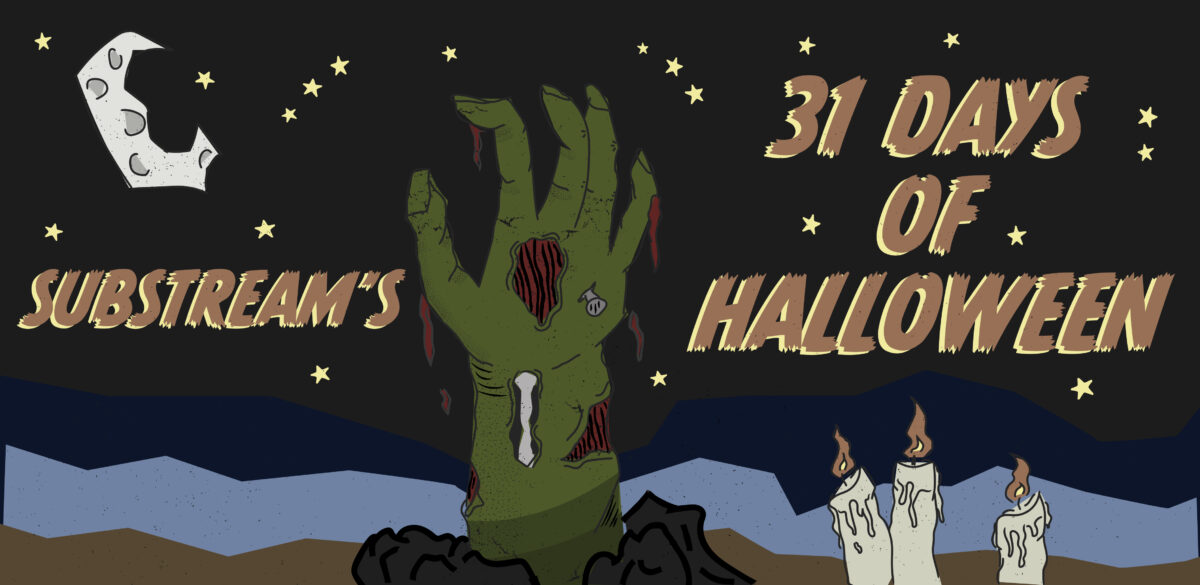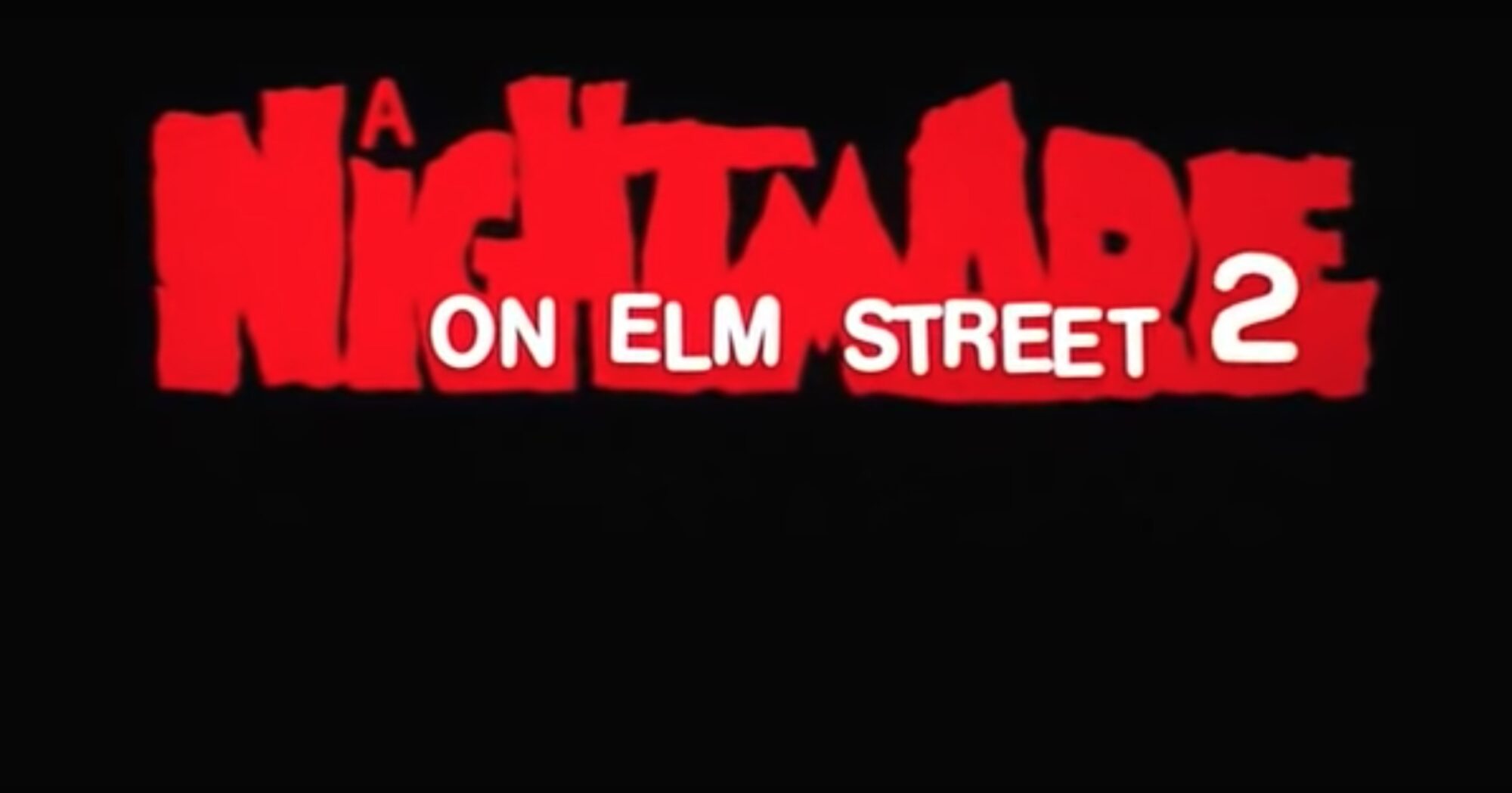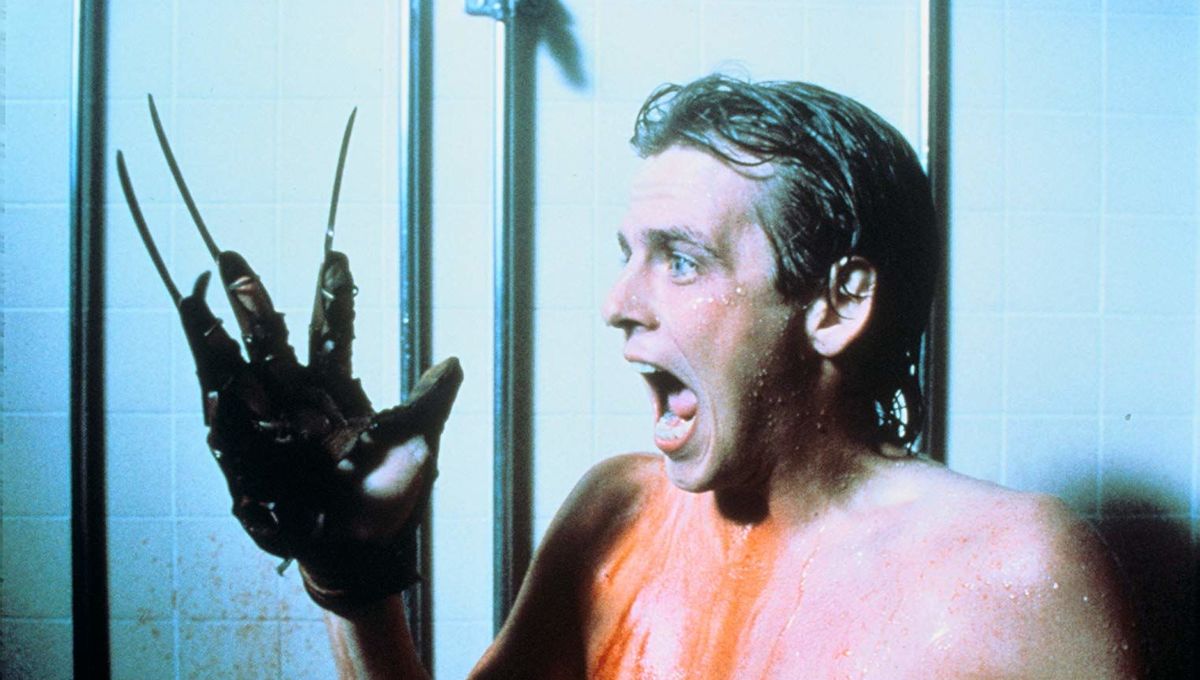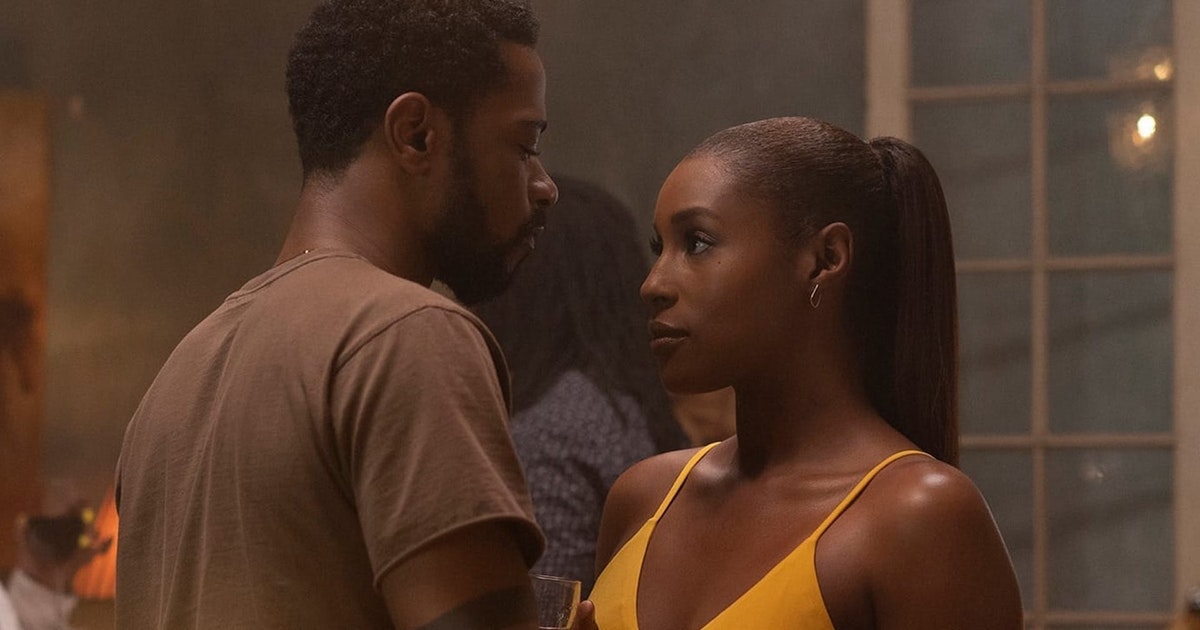Welcome, dear readers, to Substream’s 31 Days of Halloween. While every holiday captures the hearts and minds of the Substream staff, Halloween holds an especially important place in our hearts. Now that we’ve entered the month of October, it’s time for us to share our love for this holiday with you.
Every single day in October, our collection of spooky staff writers and ghoulish guest contributors will walk you through a horror or Halloween-themed movie they adore. The goal is to both celebrate the titans and icons of the season while also introducing you to new films and scares to fill your autumn nights. Lock your doors, check under your bed, and settle in as you join Substream for our 31 Days of Halloween.


Day 14: A Nightmare On Elm Street 2: Freddy’s Revenge (1985)
I’d be lying if I said I could offer up anything new to the seemingly never-ending discourse surrounding A Nightmare on Elm Street 2: Freddy’s Revenge. This is a film that has been picked apart and analyzed to death over the past few years as its cult status in the horror community has grown. But for good reason, there’s a lot of campy goodness to love here, and some to cringe at. Its impact on horror is undeniable, though, for better or worse. Going into this film, it’s best to watch Freddy’s Revenge as a case study for do’s and don’ts in a horror film rather than for pure pleasure alone.
Nightmare 2 was looking to shatter the mold of what a horror movie was generally shaping up to be in the mid-1980s. By this time, we were three Halloween movies deep and Friday The 13th was already having a New Beginning. Nightmare was still the new kid on the block and was certainly trying to set itself apart from the pack, and it definitely did that.
Set five years after the events of A Nightmare On Elm Street, Freddy’s Revenge finds high schooler Jesse Walsh (Mark Patton) and his family moving into the house formerly occupied by Heather Langenkamp’s Nancy Thompson from the first film. Believed to have been defeated, Freddy Krueger (Robert Englund) returns from the depths of his boiler room hell and begins tormenting Jesse, attempting to use his body as a conduit to escape out of nightmares and into the real world.
In recent years, there has been a resurgence in interest and a newfound appreciation for Freddy’s second round of terror for its deviations from the standard Freddy formula. The very machinations of how Freddy works are different here — and only here. Compared to the rest of the franchise, Freddy’s Revenge takes the very rules on which Freddy Krueger works and all but rewrites them.
Freddy appearing in person during a (fantastic) pool party sequence and using a human body as a vessel is something that is specific to this installment, elements not specifically carried over into the rest of the series, or explained as something Freddy can do. Freddy’s Revenge makes it very clear — merely staying awake won’t work anymore. This Freddy seems to transcend dreams altogether. He’s going to get you whether you’re asleep or awake, which somewhat mutes the foundations on which the logic that is Freddy is built on, but it’s an interesting take on the character nonetheless.
The most talked-about element of the film, however, is how blatantly queer it is. “I need you, Jesse. We’ve got special work to do, you and me,” Freddy snarls early in the film, his index finger blade caressing the edges of Jesse’s mouth. “You’ve got the body, I’ve got the brains.” It’s innuendo-filled lines like these and the inclusion of leather bar and close-up butt shot sequences and a male scream queen that have retroactively given it a fascinating place in LGBTQ+ horror cinema.
The problematic element is that queerness is used as a weapon against Jesse. There’s something Freddy knows about Jesse. Jesse has a secret, and Freddy uses that to bully, antagonize, and torture him. His apparent subtextual gayness is demonized and preyed upon. It’s widely confirmed by the film’s writer, David Chaskin, that the inclusion of heavy queer subtext and how it’s framed was indeed on purpose. It’s a shame the direction these elements took as they had a direct negative impact on lead actor Mark Patton who, at the time of the film’s release, was still closeted. The film’s lackluster critical reception and the queer related discussions the film was inciting all but destroyed his budding career in the ’80s. Patton spearheaded a new documentary titled, Scream, Queen! My Nightmare On Elm Street, detailing his side of the troubled production and the negative impact being in the film had on him as a young gay man and as an actor trying to build a career, but also the positive aspects the film has had on him as well in the years since its release.
From a horror movie franchise perspective, Freddy’s Revenge should be celebrated for its insistence on not repeating the first entry and the chances it takes, working with a completely new slate and set of rules. Granted, some of these new rules don’t make much sense, but how many horror franchises make such a drastic change-up on their second installment? It’s by-and-far one of the things that makes the film as interesting as it is. It could have easily continued the story of Nancy Thompson, but instead chose to deviate drastically in ways the series hasn’t since.
It’s also a parable for how not to represent queer audiences in horror. Freddy’s Revenge is a true product of its time and the way queerness was observed in media. The film took the shame almost every queer person has felt at some point and some fashion in their life and gave it to one of cinema’s darkest characters to use as fodder, and that’s just about as sick and twisted as Freddy himself.
For these elements alone, Nightmare 2 is a film that is worth a view if just for how fascinating it is that it exists, to begin with. There are a lot of bold ideas, excellent special effects, and a lot of confusing and mixed messages stuffed into its 90-minute runtime, but horror is rarely this bold anymore.













